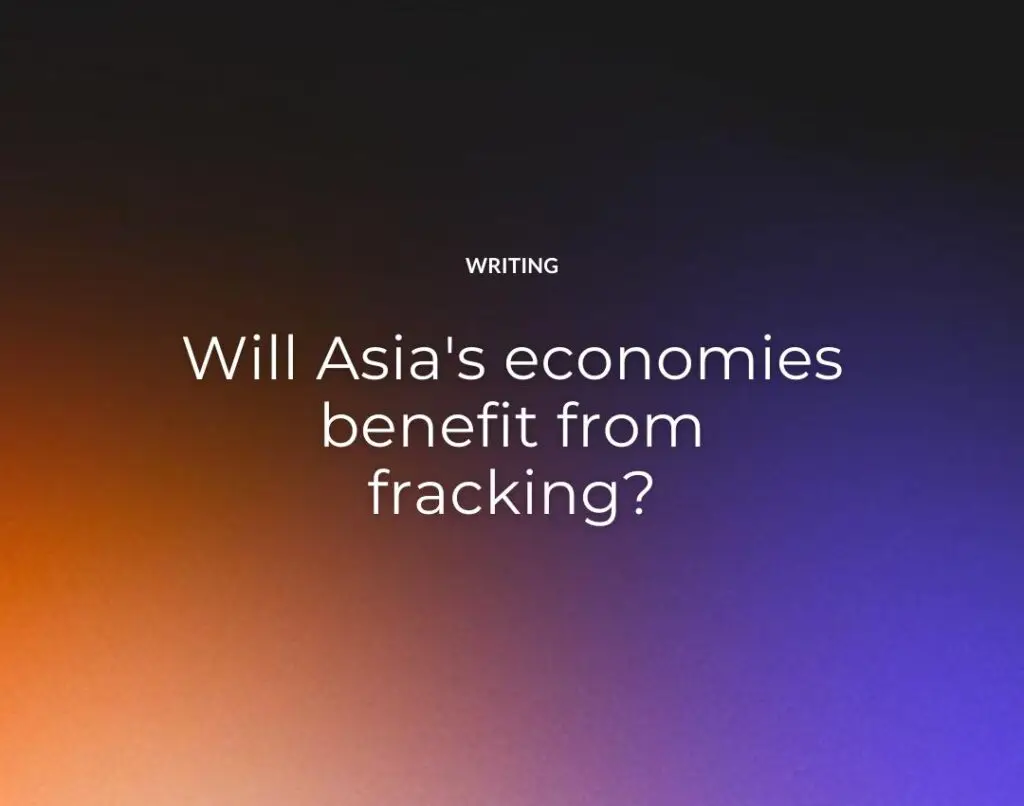By Geoffrey Cain
PRI’s The World
Oct 25, 2013
DAEGU, South Korea — For the past three years, the US has gone full force into its much-headlined fracking revolution, capitalizing on technological innovations to tap into enormous newly-exploitable reserves of oil and natural gas.
The result? Long living in fear of political shocks in Africa and the Middle East, Americans can increasingly fall back on a reliable energy source right under their feet — even if foreign hydrocarbons will remain part of America’s energy mix.
Of course, fracking is deeply controversial. Environmentalists cry foul over water pollution, noise and other concerns. And the process is coming under scrutiny from scientists, some of whom contend that massive amounts of methane that escape through fracking could actually speed up climate change.
Nevertheless, the technology appears likely to continue being used. If so, in five years, the country could even overtake Russia and Saudi Arabia as the world’s largest petroleum producer, according to some forecasts.
For Americans, the success story has already been written, via lower costs, higher profits and better security.
But for energy-hungry Asian nations, the shale revolution couldn’t come at a better time.
In 2010, Asia accounted for about one-third of world energy consumption. The Asian economic boom means that by 2035, the continent will take up just over half of the world’s demand, according to the Asian Development Bank.
Two of the world’s major importers, Japan and South Korea, pay high energy prices at home. Natural gas has long been expensive in Asia, due to shipping challenges (the stuff can’t cost-effectively be pumped into a tanker and shipped around the world on the cheap, unless it’s condensed into a liquid).
That’s where liquid natural gas (LNG) comes in. Increasingly, US companies are seeking to liquefy the gas they collect from shale, and ship it around the world to reap a higher profit than they would at home.
Japan is one of a few countries to make deals in recent months to buy LNG from the US. And Japan needs it. After the 2011 Fukushima meltdown, the country has effectively halted (for now) all 50 of its reactors, depriving it of a major energy source.
South Korea, meanwhile, imports nearly all of its oil. It’s the world’s second largest importer of LNG, and needs energy to light up its massive, power-intensive chemicals and heavy industries businesses.
The country also faces concerns about nuclear safety. In early October, prosecutors indicted 100 government officials and suppliers on corruption charges, alleging that they falsified the safety certificates for nuclear reactor parts.
With memories of the Fukushima tragedy fresh in the public mind, the debacle fueled distrust in regulators. Authorities shut down a handful of nuclear reactors to replace faulty cables, barely averting a summer of embarrassing electricity shortages in the world’s most hyper-wired economy. Nonetheless, the government says it will go ahead with plans to build 16 more reactors by 2030.
Only time will tell whether US supply and Asian demand will meet at a marketable price. Liquefying natural gas is expensive, and the price advantages may be “not that significant” compared to what Asian buyers are paying now, Shell CEO Peter Vosser told reporters at the World Energy Congress in South Korea last week.
Plus, under US law, LNG producers must get government approval before exporting to countries that haven’t signed a free trade agreement. So far, the Department of Energy has approved only four licenses for LNG exports to Asia and Europe. One terminal will prepare natural gas for India and Japan, two enormously thirsty markets.
A host of other nations like Singapore and South Korea have urged the US to hurry up with new approvals. But with 21 more export applications in the pipeline, it’s not clear how long the process will take.
If the US proves unable to meet the demand, some Asian customers may one day be able to count on an alternative source: China, which is eager to benefit from domestic fracking, to offset its massive hydrocarbon imports. In September it effectively overtook the US as the biggest crude oil importer.
China is thought to hold among the largest shale reserves in the world — some 1,275 trillion cubic feet of gas, more than the US and Canada combined.
Yet for a variety of technical reasons — including a lack of infrastructure and knowhow, and questions about the nature of the country’s shales — it’s not clear whether China will be able to exploit these resources any time soon.
“The replication of America’s shale revolution within China is a big unknown,” said Mick McWalter, an energy consultant in Singapore.
If China forges ahead, it’s not certain that other Asian nations will benefit. Experts tell GlobalPost that the vast majority of its production is likely to be consumed locally.
The article was originally published in PRI’s The World
See Also:





